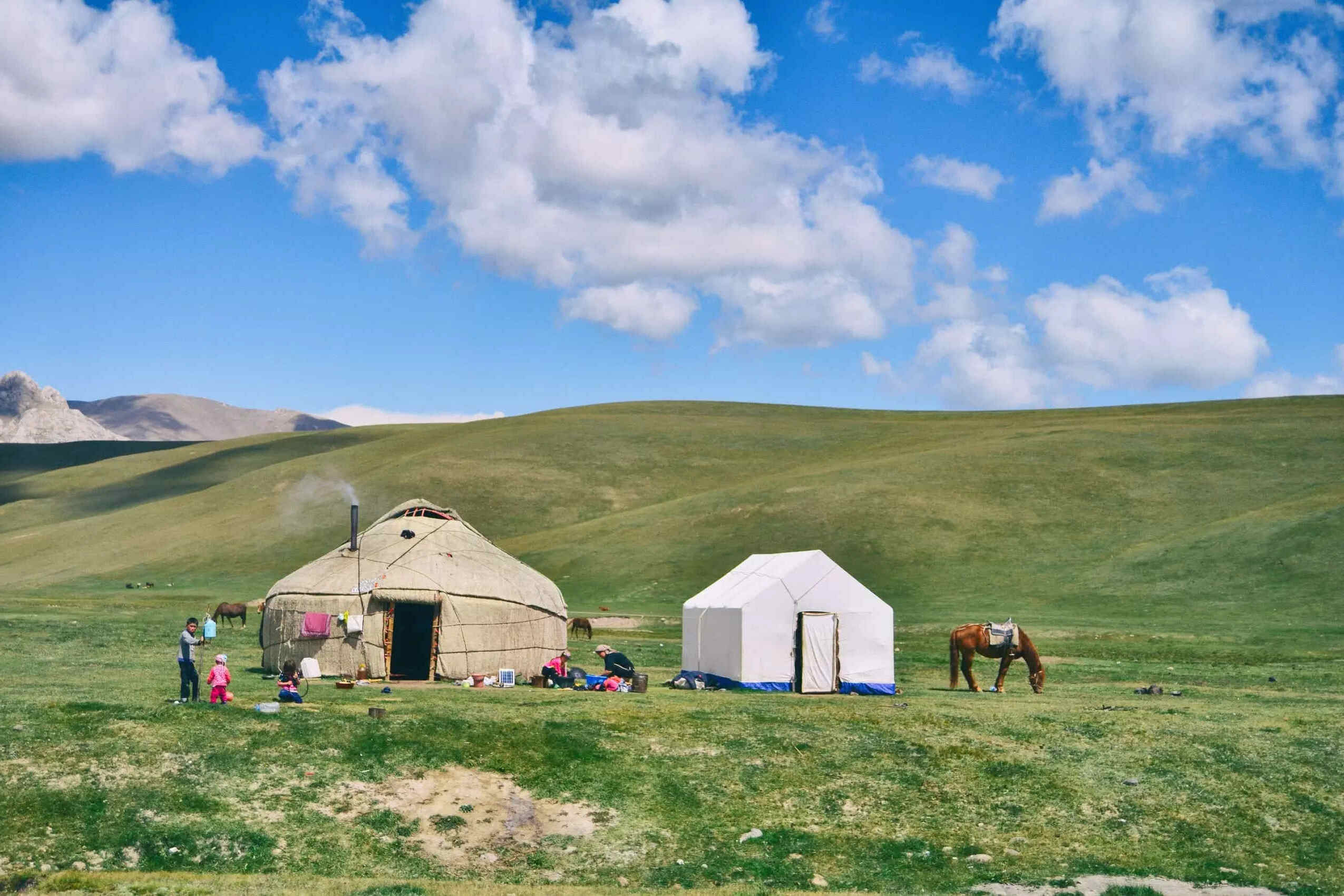
Kyrgyzstan, a landlocked country in Central Asia, often flies under the radar, but it's a hidden gem worth knowing about. Nestled between Kazakhstan, Uzbekistan, Tajikistan, and China, this nation boasts stunning landscapes, rich history, and a vibrant culture. Imagine towering mountains, crystal-clear lakes, and ancient Silk Road cities. But what makes Kyrgyzstan truly unique? Kyrgyzstan is known for its nomadic traditions, horse games, and yurt-dwelling lifestyle. The country’s official language is Kyrgyz, but Russian is widely spoken too. Did you know that Kyrgyzstan is home to the second-largest mountain lake in the world, Issyk-Kul? With a population of just over 6 million, this country offers a blend of natural beauty and cultural richness that’s hard to find elsewhere. Ready to learn more? Let's dive into 20 fascinating facts about Kyrgyzstan!
Key Takeaways:
- Kyrgyzstan, known as the "Switzerland of Central Asia," is a mountainous country with stunning landscapes, diverse wildlife, and a rich nomadic heritage, making it a must-visit for nature lovers and history enthusiasts.
- With over 90% of its land covered by mountains, Kyrgyzstan is a paradise for adventure seekers, offering opportunities for trekking, skiing, and exploring ancient Silk Road sites, while also celebrating its vibrant nomadic culture and warm hospitality.
Geography and Nature
Kyrgyzstan, a landlocked country in Central Asia, boasts stunning landscapes and diverse ecosystems. Let's dive into some fascinating geographical and natural facts about this beautiful nation.
- Kyrgyzstan is known as the "Switzerland of Central Asia" due to its mountainous terrain, with over 90% of the country covered by mountains.
- The Tian Shan mountain range, which stretches across Kyrgyzstan, contains some of the highest peaks in the world, including Jengish Chokusu at 7,439 meters.
- Issyk-Kul Lake, one of the largest alpine lakes globally, never freezes despite being surrounded by snow-capped mountains.
- The country has over 2,000 lakes, with Issyk-Kul being the most famous and second-largest saline lake in the world.
- Kyrgyzstan is home to a diverse range of wildlife, including the elusive snow leopard, Marco Polo sheep, and the golden eagle.
History and Culture
Kyrgyzstan has a rich history and vibrant culture influenced by various civilizations and nomadic traditions. Here are some intriguing historical and cultural facts.
- The Kyrgyz people have a nomadic heritage that dates back over 2,000 years, with traditions still practiced today.
- Manas, an epic poem of the Kyrgyz people, is one of the longest epic poems in the world, with over 500,000 lines.
- The Silk Road, an ancient trade route connecting the East and West, passed through Kyrgyzstan, leaving behind historical sites and cultural influences.
- The Burana Tower, a minaret from the 11th century, is one of the few remaining structures from the ancient city of Balasagun.
- Kyrgyzstan celebrates Nooruz, the Persian New Year, with traditional music, dance, and food, marking the arrival of spring.
People and Society
The people of Kyrgyzstan are known for their hospitality and strong sense of community. Let's explore some facts about the society and its people.
- Kyrgyzstan has a population of around 6.5 million people, with ethnic Kyrgyz making up about 73% of the population.
- The country is a multi-ethnic society, with significant Uzbek, Russian, and Dungan communities.
- Kyrgyz is the official language, but Russian is also widely spoken, especially in urban areas.
- Traditional yurts, portable round tents, are still used by many Kyrgyz families, especially in rural and mountainous regions.
- Horseback riding is an integral part of Kyrgyz culture, with traditional games like Kok Boru, a form of polo, being popular.
Economy and Modern Life
Kyrgyzstan's economy and modern lifestyle are shaped by its geography, history, and cultural practices. Here are some facts about the country's economy and contemporary life.
- Agriculture is a significant part of Kyrgyzstan's economy, with crops like wheat, barley, and cotton being major products.
- The country is rich in natural resources, including gold, coal, and uranium, contributing to its mining industry.
- Tourism is growing, with visitors attracted to the country's natural beauty, historical sites, and adventure sports like trekking and skiing.
- Bishkek, the capital city, is the political, economic, and cultural center of Kyrgyzstan, with a mix of Soviet-era architecture and modern developments.
- Kyrgyzstan has a young population, with over 30% of its people under the age of 15, driving a dynamic and evolving society.
The Final Word on Kyrgyzstan
Kyrgyzstan, with its stunning landscapes, rich culture, and fascinating history, offers a unique blend of natural beauty and cultural heritage. From the towering Tien Shan mountains to the ancient Silk Road routes, this Central Asian gem has something for everyone. Whether you're interested in adventure sports, historical sites, or traditional nomadic lifestyles, Kyrgyzstan won't disappoint. The country's warm hospitality and diverse traditions make it a must-visit destination for any traveler. So, pack your bags and get ready to explore a land where past and present coexist harmoniously. Kyrgyzstan's hidden treasures are waiting to be discovered, offering an unforgettable experience that will leave you wanting more. Don't miss out on the chance to see this incredible country for yourself.
Frequently Asked Questions
Was this page helpful?
Our commitment to delivering trustworthy and engaging content is at the heart of what we do. Each fact on our site is contributed by real users like you, bringing a wealth of diverse insights and information. To ensure the highest standards of accuracy and reliability, our dedicated editors meticulously review each submission. This process guarantees that the facts we share are not only fascinating but also credible. Trust in our commitment to quality and authenticity as you explore and learn with us.


